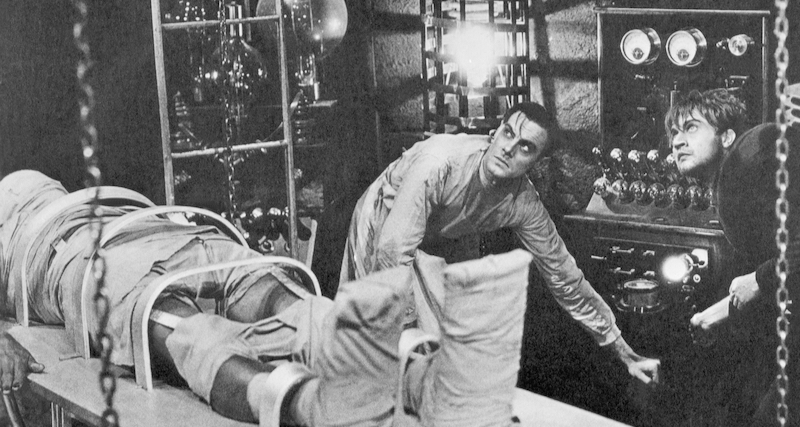
Walt Disney Co. is analyzing facial reactions from movie-house audiences to divine consumer response and assemble data quickly so it is actionable, according to an article in Fast Company.
Movie-audience testing goes back a century, of course, where consumers tell researchers their feelings. More recently, testing rack physical reactions like smiles, frowns and eyes opening wide. Such biometrics capture involuntary biological reactions so audiences don’t overtly answer questions. Thus, biometrics eliminates potential audience bias.
“What’s different in this instance is the sheer amount of analysis Disney Research was able to produce with this methodology: 3,179 people generated 16 million points of data,” says the Fast Company article by Mark Wilson. “The system has been trained to watch an audience of theatergoers as they watch a film. It can track reactions like smiling and laughter on hundreds of faces in a dark theater, allowing Disney to quantify whether or not a film is working as intended on a granular scale.”
The “Fast Company” article continues: “Disney’s researchers tested the system across 150 showings of several Disney films like ‘The Jungle Book’ and ‘Star Wars: The Force Awakens’ in movie theaters. As AI [artificial intelligence] allows media companies to take advantage of these insights in real time, one can imagine Disney not just changing the way a film is cut during the test market phase, but actually recutting content in real time for a viewer’s maximum pleasure.”
I can imagine the process applied to more than movies, such as theme park rides, music, gambling and video games.
Says the third edition of book “Marketing To Moviegoers”: “Many types of biometric responses can be evaluated in film research. These include measuring eye movement, pupil dilation, brainwaves, and facial reactions. For these, moviegoers wear special headgear that measures response as moviegoers view content in small and private film screenings. The other measures can be skin conductance and heart rhythms. For these, respondents wear special medical belts around their waists and possibly other gear, again in private screenings. Hollywood’s mainstream research companies typically hire third-party outfits that conduct this research as a specialty.”
Related content:
Leave a Reply